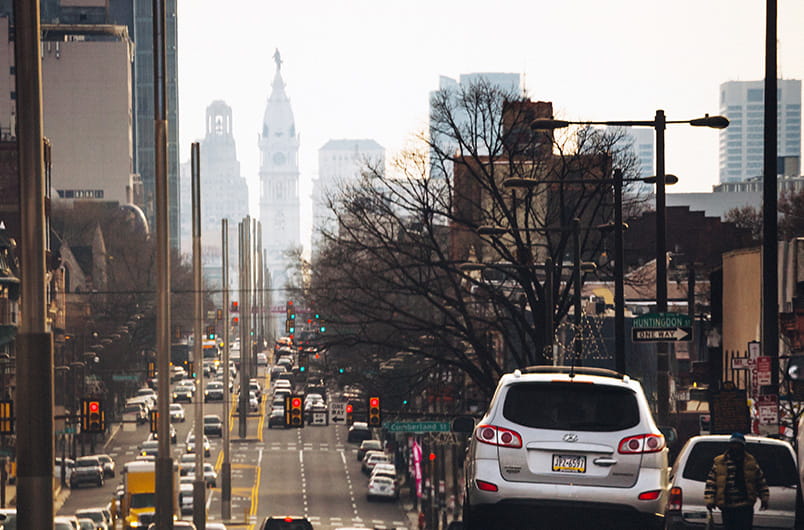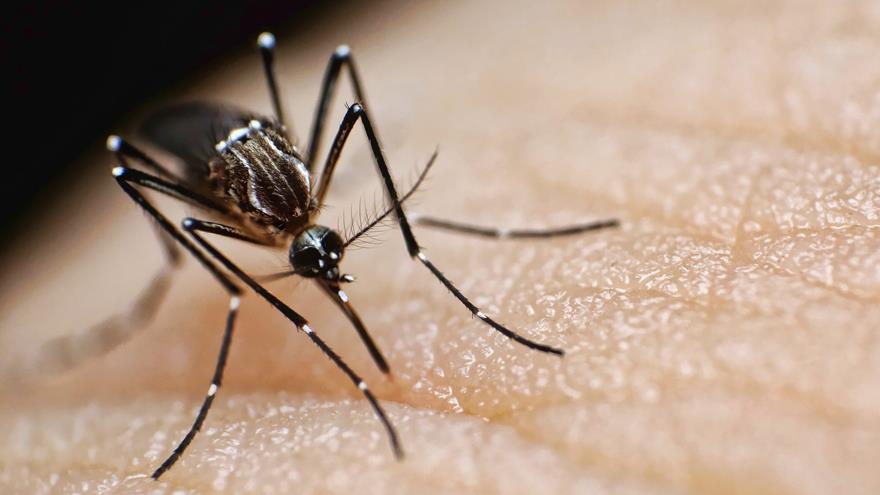After the 2020 Protests, Let’s Reimagine Urban Green Space as a Way to Promote Social Justice

The following essay was originally published in The Philadelphia Inquirer in collaboration with Drexel University’s Lindy Institute for Urban Innovation as part of Rebuilding Philly, a series of commentary articles written by Drexel faculty and professional staff related to the COVID-19 pandemic and racial and economic equity gaps in Philadelphia. It was written by Franco Montalto, PhD, a professor of civil, architectural and environmental engineering at Drexel University’s College of Engineering.
While 20th-century engineers designed parkways to placate motorists, their professional descendants are today building greenways — vegetated corridors that connect urban communities with green spaces through a network of safe, bikeable, walkable trails and paths (with one passing right through our city). This blossoming interest in multifunctional “nature-based solutions” suggests a growing understanding of the multiple values — from beautification to brooks to butterflies — that we can expect from our built environment. This is pandemic recovery, embodied in physical form.
A similar rejection of blight is now occurring in our various social spaces. For generations, abusive, oppressive, racist, or otherwise inappropriate policies and practices — both formal and informal — were either tolerated or upheld with force. Many felt “lost” in their public quest for gender, racial, environmental, or social equity, just as urban naturalists felt when nature was extirpated from the city.
But now, the growing #MeToo and Black Lives Matter movements — as well as those committed to environmental, climate, and health equity — suggest a growing intolerance for such conditions. A rainbow of allies have begun to identify synergistic initiatives that can, for example, create jobs while cleaning up the environment, or improve physical and mental health by reducing the impacts of excess heat and floods, or build community cohesion through inclusive coalitions that are gaining ground on the czars of yesterday. There is a growing recognition that social justice is environmental justice, is health justice, is climate justice, and that these goals can be jointly realized in the intentional (re)design of physical and social spaces.
For Generation X and all those who came of age before, dualism was hardwired into our psyches. Neighborhoods were either white or Black, rich or poor, industrial or residential. We accepted junk food, secondhand smoke, litter, credit card debt, inappropriate jokes and gestures, and unswimmable lakes and streams. Another world seemed impossible without unfathomable class struggle. It felt like we had arrived at the end of history and that it was not a pretty place.
Ironically, though the challenges we face are arguably more formidable than a generation ago, I feel that another path forward at least feels possible. As we dine in our smoke-free restaurants, commute to work in protected bike lanes, encounter antiracism slogans on signs posted in even the most lily-white suburbs, and listen to children eloquently espouse the way forward on climate change, I see society, on the brink of disaster, engaged in a massive and inspirational brainstorming exercise — a strategic discussion about how to change the guards, topple (some of) the exclusionary walls, and forge new relationships and collaborations. We may not necessarily have more knowledge nor claim any higher moral authority than previous generations, but we have suddenly become very busy working in disenfranchised neighborhoods and previously insulated board rooms, using new strategies, to elevate more people.
There is, of course, still a long way to go. Green washing can easily make us feel better as we make inconsequential adjustments to our daily routines, while continuing to exert an unsustainable carbon footprint. Green gentrification can disproportionately benefit the economically advantaged, while the poor, vulnerable, and disenfranchised are displaced to new types of postmodern ghettos. And climate change and COVID-19 have only amplified the persistent underlying social and economic inequality.
But this time the old guard is truly old, while the new troops, like flowering rain gardens, are young, diverse, adaptive, energetic, and widely dispersed. Their insistence on righting wrongs is not religion, but it is what inspires reverence. It is not political correctness, but it is a loud reminder of the terms of our social contract. It is not environmental extremism, but it recognizes the cultural, supporting, regulating, and provisioning services that we need nature to provide if we want to slow the pace of climate change. And it is not socialism, but it is the inherent belief that everyone, and everything, deserves an equal chance. I believe that this could be what recovery looks like, in social form.
In This Article
Drexel News is produced by
University Marketing and Communications.
